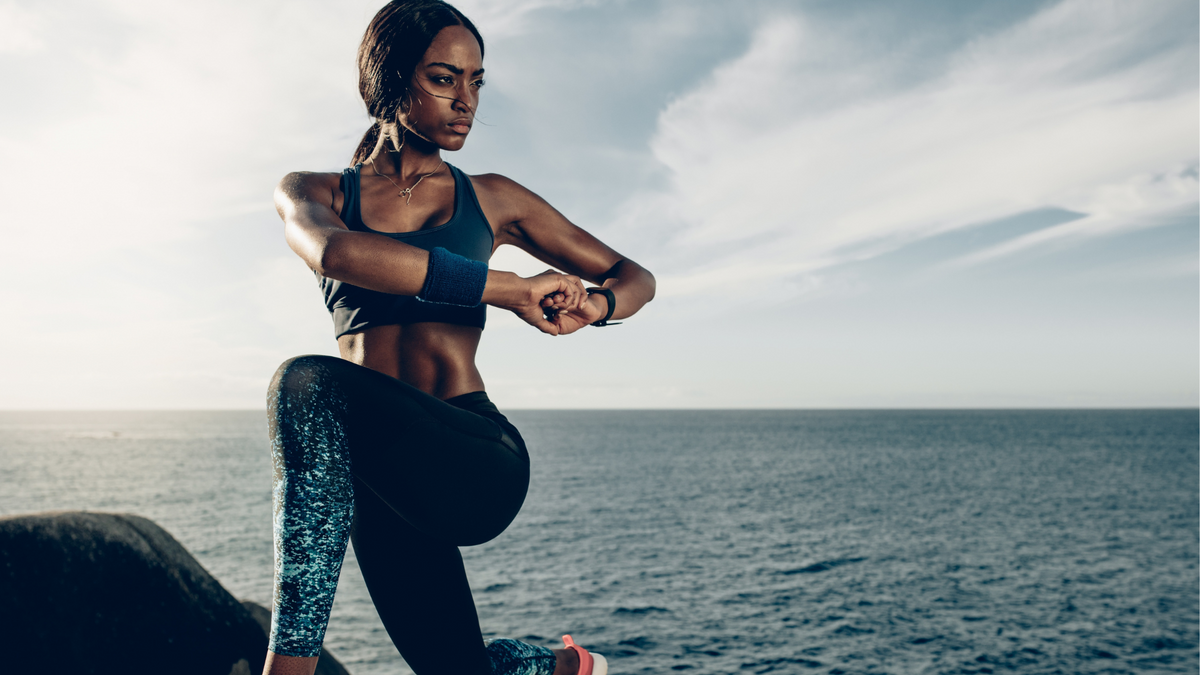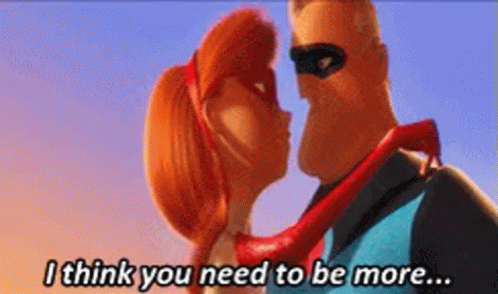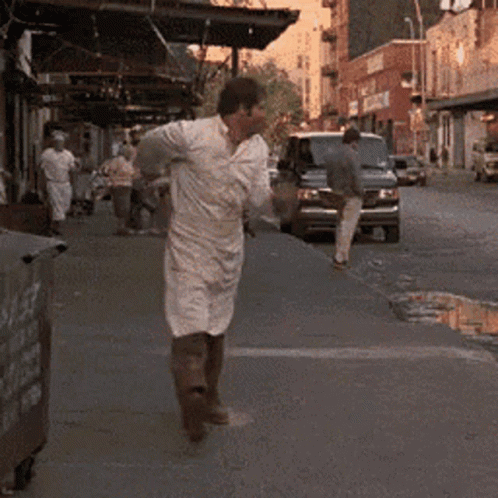The importance of stretching post VR Workout
When you stretch, it can help to reduce muscle soreness and stiffness that can occur after a long hard workout.

Stretching after an upper body workout is important for a number of reasons.
When you stretch, it can help to reduce muscle soreness and stiffness that can occur after a long hard workout. By stretching the muscles that have been worked, you can help to increase blood flow to the area, which can promote healing and recovery, if you don't, that lactic acid build up in your joints are going to make you feel like you've just done ten rounds with Mike Tyson!

By getting into a post workout stretching routine you can also help to improve your range of motion and flexibility. When you work out, your muscles become tight and shortened. Stretching can help to lengthen these muscles and improve your overall flexibility, which can make it easier for you to perform daily activities and other exercises.

Stretching can help to prevent injuries. Tight muscles are more prone to injury, and stretching can help to keep your muscles relaxed and limber, which can help to reduce your risk of injury.
Finally, stretching can also help to improve your posture. Many upper body exercises focus on strengthening the chest and upper back muscles, which can lead to poor posture if not balanced with stretching exercises. Targeted stretching can help to counteract this and improve your posture over time.
Stiff as a board? Then try these stretches..

- Chest stretch: Standing or sitting with your back straight, clasp your hands behind your head and gently push your elbows back. Hold for 15-30 seconds.
- Shoulder stretch: Stand with your feet shoulder-width apart. Hold one arm straight out to your side and use the other arm to gently pull it across your chest. Hold for 15-30 seconds and repeat on the other side.
- Tricep stretch: Standing or sitting with your back straight, raise one arm above your head and bend the elbow so that your hand is behind your head. Use your other hand to gently push your elbow down towards your shoulder. Hold for 15-30 seconds and repeat on the other side.
- Bicep stretch: Standing with your feet shoulder-width apart, extend one arm out in front of you with the palm facing up. Use the other hand to gently pull the fingers of the extended arm towards the wrist. Hold for 15-30 seconds and repeat on the other side.
- Upper back stretch: Stand with your feet shoulder-width apart, clasp your hands behind your back and gently push your chest out. Hold for 15-30 seconds.
- Latissimus dorsi stretch: (The back muscle that runs from under your arm to lower back) Stand with your feet shoulder-width apart, extend one arm straight out in front of you and use the other arm to gently pull it across your chest. Hold for 15-30 seconds and repeat on the other side.
- Levator scapulae stretch: (The short muscle than starts at at the base of the neck and rund tounderneath your skull) Sitting or standing with your back straight, gently tilt your head to one side, bringing your ear towards your shoulder. Use the opposite hand to gently pull the head down. Hold for 15-30 seconds and repeat on the other side.
- Trapezius stretch: (The muscle that stands proud from shoulder to neck) Sitting or standing with your back straight, gently tilt your head to one side, bringing your ear towards your shoulder. Use the opposite hand to gently pull the head down. Hold for 15-30 seconds and repeat on the other side.
- Rhomboid stretch: (The muscle to the left and right of your shoulder blades) Sitting or standing with your back straight, gently tilt your head to one side, bringing your ear towards your shoulder. Use the opposite hand to gently pull the head down. Hold for 15-30 seconds and repeat on the other side.
- Rotator cuff stretch: (The group of muscles and tendons that keep your shoulder in place) Stand with your feet shoulder-width apart. Hold one arm straight out to your side and use the other arm to gently pull it across your chest. Hold for 15-30 seconds and repeat on the other side.
So, the exercises above should keep you out of the pain and stiffness zone, but if it's your first time working out in VR, or you have had a week or so break, it's gonna hurt anyways, so just suck it up buttercup!
Stretching out properly and in between workouts will reduce the inflamation caused by working the muscles hard and negate the paid and stiffness.
Have fun!





